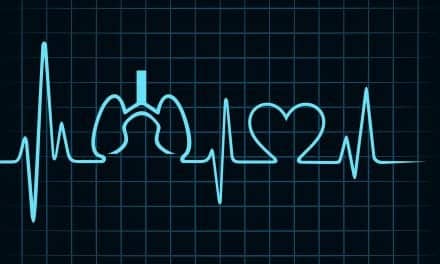Doylestown Hospital, Doylestown, Pa., last week announced it joined the growing number of hospitals across the country using capnography for respiratory monitoring outside of the operating room, according to a release from the hospital.
“Doylestown Hospital has been among the institutions at the forefront of the initiative to enhance patient safety for those undergoing procedures with moderate to deep sedation as well as post-operative patients receiving intravenous narcotics,” says Doylestown Hospital anesthesiologist Robert O’Connor, MD, who supports the use of capnography.
By expanding its use of capnography for certain populations of patients outside of the operating room, the hospital is following the most recent recommendations from the American Society of Anesthesiologists, according to O’Connor, who also serves on the hospital’s Patient Safety Committee and Acute Care Committee.
“Capnography outside the OR is just one example of many where measures have been critically assessed, researched then incorporated into optimizing the care of our Doylestown Hospital patients,” said O’Connor.
The facility expanded capnography use to the gastrointestinal suite (and the emergency room and cardiac catheterization lab), for patients receiving intravenous narcotics and for patients with morbid obesity or obstructive sleep apnea.









